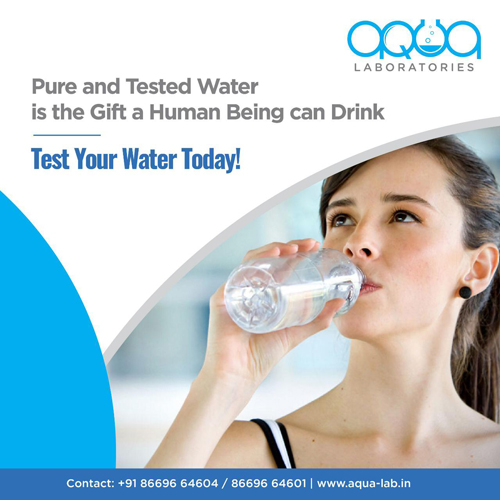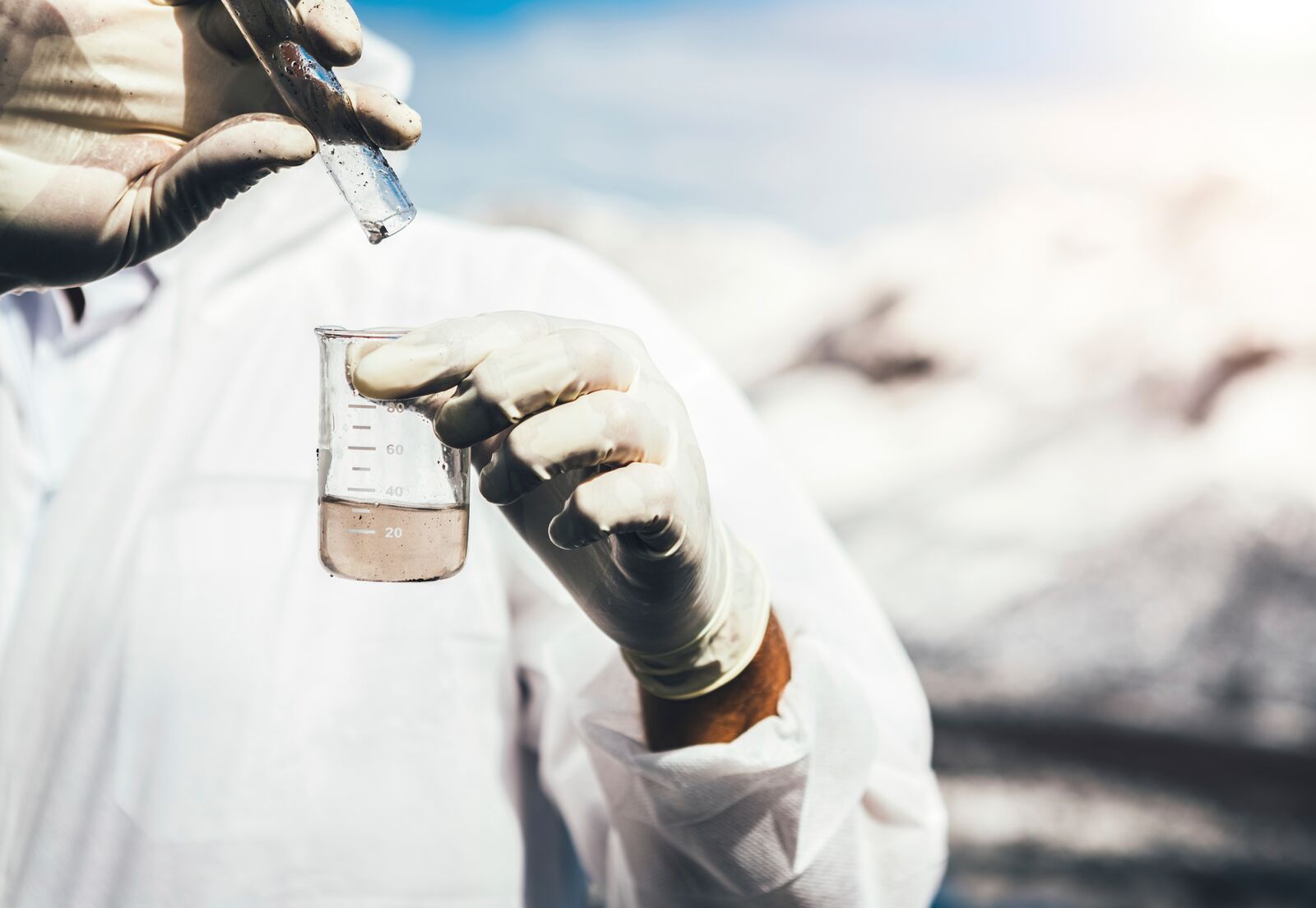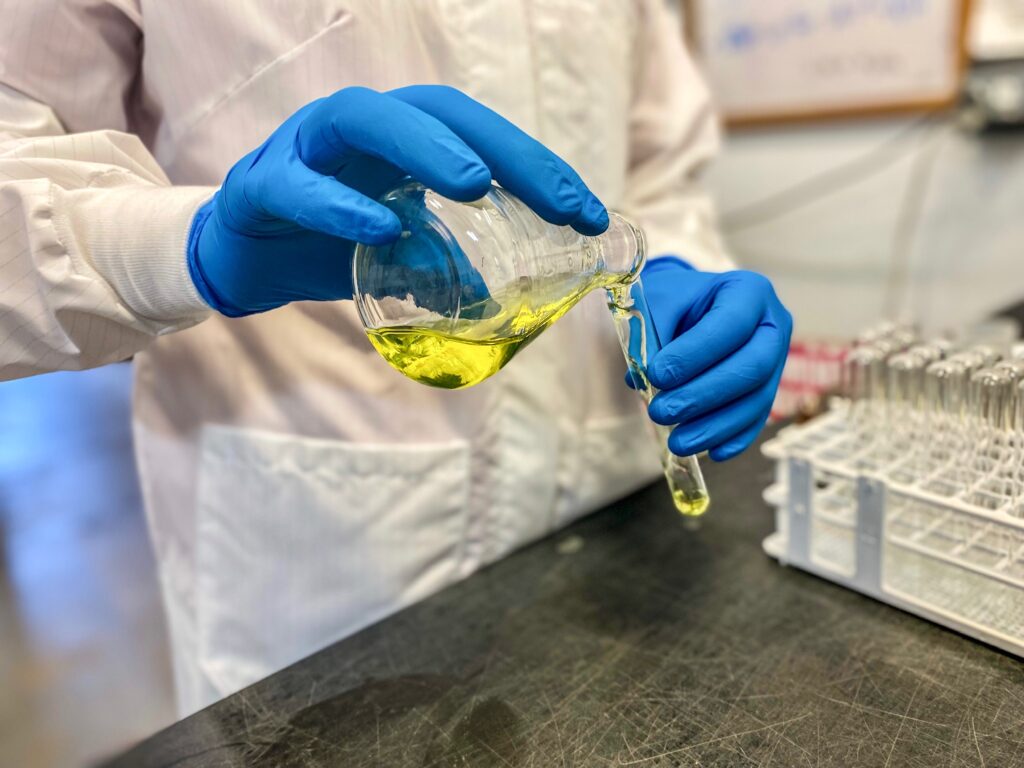Locate Trusted Water Testing Services Near Me for Tidy Consuming Alcohol Water
Locate Trusted Water Testing Services Near Me for Tidy Consuming Alcohol Water
Blog Article
Discover What Is Consisted Of in Water Testing and Just How It Makes Sure Safe Drinking Water
Recognizing the ins and outs of water testing is essential in guaranteeing the high quality and security of our alcohol consumption water. Via a thorough assessment of physical, chemical, and microbiological aspects, water testing determines potential impurities that can pose health and wellness threats. From the visibility of hefty metals to damaging bacteria, each examination element plays a critical function in maintaining the integrity of our supply of water. Advanced strategies like chromatography and spectrometry improve the accuracy of these analyses. Yet, how do these processes convert right into the regulative structures that assure safety in our everyday consumption?
Key Parts of Water Testing
Water screening is a critical procedure that includes numerous key elements to ensure the security and quality of drinking water. One of the key parts is the assessment of physical features, consisting of odor, shade, and turbidity. These attributes can give first insights into the water's condition and prospective contamination sources. Additionally, guaranteeing the pH balance of water is important, as it affects the water's corrosiveness and the efficacy of sanitation procedures.
An additional significant element entails microbiological evaluation, where water samples are checked out for the presence of microbes such as microorganisms, viruses, and protozoa. This evaluation is vital to identify organic hazards that can position health threats if eaten. Chemical analyses are conducted to spot inorganic and natural compounds, such as hefty metals, nitrates, and pesticides, that may be present in the water supply.

Spotting Hazardous Impurities
Discovering dangerous contaminants in alcohol consumption water is a basic facet of securing public health and wellness. This process entails recognizing possible risks that can jeopardize the high quality and safety of water materials. Contaminants can range from bacteria such as microorganisms, infections, and protozoa, to inorganic compounds like lead, arsenic, and nitrates, in addition to organic pollutants including pesticides and industrial chemicals. Each sort of contaminant positions distinctive health and wellness risks, making their detection important to make certain the water consumed by the public is safe.
Water screening for pollutants is commonly performed by regulative firms and water energies, using a combination of area tasting and lab analysis. These analyses are designed to find both naturally happening compounds and anthropogenic contaminants that might have entered the water supply with agricultural drainage, commercial discharge, or aging facilities. Routine tracking is essential, as contamination degrees can vary because of ecological modifications, seasonal variants, or human activities.
The identification of unsafe contaminants informs required actions, such as water therapy interventions or public advisories, to mitigate threats. Early discovery is important to avoid adverse health and wellness impacts, varying from stomach diseases to long-term problems like cancer, thereby guaranteeing the continued safety of alcohol consumption water.

Chemical Analysis Methods
In the world of ensuring secure alcohol consumption water, chemical analysis techniques play a crucial role in recognizing and evaluating pollutants. These methods are necessary for spotting a large selection of chemical substances, consisting of hefty steels, pesticides, and industrial contaminants, which can pose substantial health and wellness risks. Strategies such as atomic absorption spectroscopy (AAS) and inductively combined plasma mass spectrometry (ICP-MS) are commonly employed to determine trace levels of steels like mercury, lead, and arsenic. These instruments give exact quantification, facilitating conformity with governing criteria.
Gas chromatography-mass spectrometry (GC-MS) is an additional vital technique, especially for organic compounds. It divides complex mixes and recognizes semi-volatile and unpredictable organic substances, making certain that toxins like benzene and toluene are within safe limits. High-performance liquid chromatography (HPLC) is in a similar way utilized for non-volatile substances, including particular chemicals and drugs.
Ion chromatography is used to determine concentrations of anions and cations, such as nitrates and sulfates, which are critical in examining water top quality. These chemical evaluation strategies collectively make sure that drinking water stays risk-free by our website finding deviations from developed purity norms, consequently guarding public health and wellness. Ensuring accuracy and accuracy in these tests is vital to preserving the integrity of water safety analyses.
Microbiological Checking Techniques
Precise microbiological screening is crucial for securing public health by ensuring that drinking water is without damaging virus. This important link procedure involves detecting and mentioning bacteria such as germs, viruses, and protozoa that might infect water supplies. Typical microorganisms include Escherichia coli, Giardia, and Cryptosporidium, each positioning considerable wellness risks.
Several techniques are employed in microbiological testing to recognize these threats. The membrane layer filtration technique is frequently used, involving water going through a filter that captures microorganisms, which are then cultured to determine their presence and concentration. The multiple-tube fermentation approach allows the metrology of coliform microorganisms making use of a series of dilution and incubation steps.
Improvements in technology have actually presented molecular methods such as polymerase domino effect (PCR), which permits the extremely particular and fast detection of microorganisms by amplifying their genetic material. Enzyme-linked immunosorbent assays (ELISA) likewise provide an approach to identify microorganisms by determining specific proteins or antigens.
These differed approaches are necessary for thorough water top quality evaluation, ensuring that water treatment procedures work and that circulation systems keep safety and security. By employing these microbiological testing methods, potential wellness threats can be determined and alleviated promptly.

Relevance for Public Health
Ensuring the microbiological safety of alcohol consumption water straight impacts public health and wellness by preventing the spread of waterborne illness. Microorganisms such as bacteria, infections, and protozoa can lead to illnesses like cholera, dysentery, and intestinal infections (Water Testing Service). The implementation of thorough water screening protocols is vital in determining and minimizing these risks, therefore protecting neighborhoods from prospective outbreaks
Regular water screening not only finds microbial pollutants but likewise assesses chemical and physical parameters that could impact health. Excessive levels of nitrates or heavy metals such as lead can pose significant health and wellness threats, especially to at risk populaces like infants and pregnant ladies. By determining these risks early, water testing enables prompt treatments, ensuring the water supply continues to be within risk-free usage criteria.
Furthermore, water testing plays a critical duty in maintaining public self-confidence in community water systems. For policy manufacturers and health officials, the data derived from water screening informs decisions on infrastructure financial investments and public health strategies, ensuring sources are Learn More Here guided where they are most needed.
Final Thought
Water screening functions as a necessary mechanism for ensuring the security and quality of alcohol consumption water via extensive examination of its physical, chemical, and microbiological residential properties. By finding damaging contaminants, such as hefty steels and pesticides, and using innovative techniques like chromatography and spectrometry, water testing helps with the recognition of prospective health threats. The implementation of strenuous testing protocols is important for preserving compliance with safety requirements, eventually safeguarding public health and strengthening confidence in metropolitan water supply.

By recognizing these hazards early, water screening enables timely treatments, making certain the water supply stays within risk-free consumption requirements.
Water testing serves as a crucial device for guaranteeing the security and top quality of drinking water with comprehensive evaluation of its physical, chemical, and microbiological residential properties.
Report this page